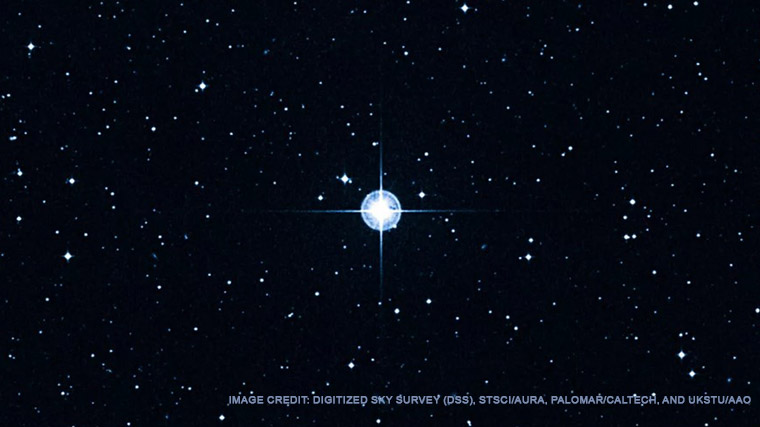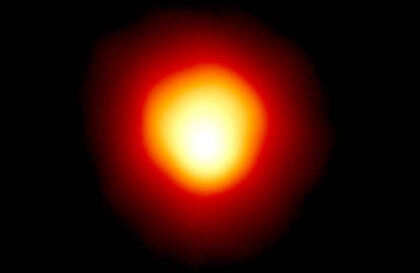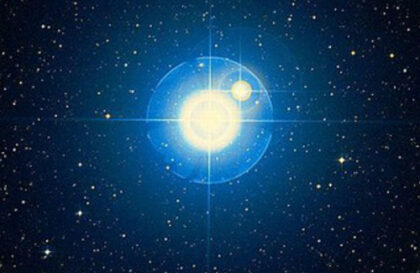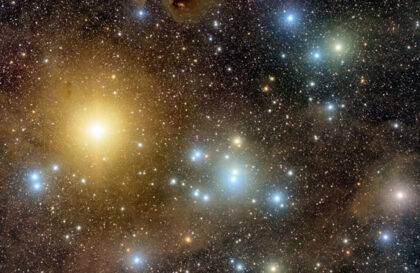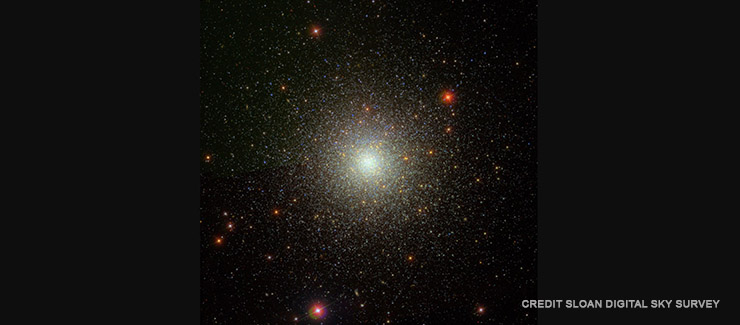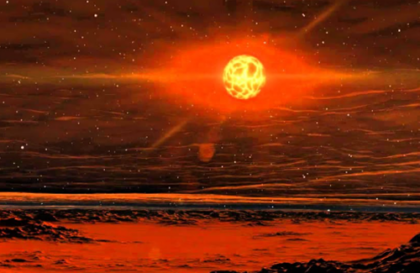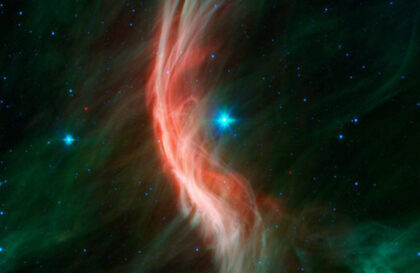The Methuselah Star, named after the biblical figure Methuselah known for his extreme old age. Estimated to be around 13.6 billion years old, making it one of the oldest known stars in the universe.
For example:
HD 140283 (Marfa): This star, located in the constellation Libra, was initially thought to be older than the universe’s estimated age. Subsequent measurements revised its age to around 13.7 billion years.
Star BPS CS 31082-0001: Also known as SMSS J031300.36−670839.3, this star is possibly older than The Methuselah Star, with age estimates around 13.8 billion years.
BD+17°3248: With its high velocity and low metallicity, this star is believed to be ancient, possibly around 13 billion years old.
Star HE 1523-0901: Estimated to be around 13.2 billion years old, this star is another example of an ancient stellar relic.
What is the star Methuselah?
Type: A Population II star, which means it has low metallicity, indicating it formed from early, nearly pristine material in the early universe.
Location: The star is located in the Milky Way galaxy, specifically in the halo region, which is an extended spherical component around the galactic center.
Discovery: Discovered using the SkyMapper telescope in Australia as part of the SkyMapper Southern Sky Survey.
Distance: Approximately 6,000 light-years away from Earth.
Size and Spectral Type: Likely a red giant star, which means it’s significantly evolved from its initial state. The exact size and spectral type might not be accurately determined.
Contribution: The star provides valuable insights into the early universe’s conditions and the chemical makeup of the primordial gas.
Is the star 16 billion years old?
In 2000, scientists made observations from the European Space Agency’s (ESA) Hipparcos satellite and calculated that HD140283 – or Methuselah – is an incredible 16 billion years old.
A star older than the universe? Strange to say the least. For reference, the age of the universe is estimated at 13.8 billion years.
The metal-poor subgiant Methuselah is predominantly composed of hydrogen and helium and contains very little iron. This composition meant that the star appeared when helium and hydrogen dominated the universe and before iron was common (heavier elements only appeared when massive stars created them in their cores).
Astronomer Howard Bond of Pennsylvania State University and his colleagues took on the task. They analyzed 11 data sets that were made by the Hubble Space Telescope’s precision-guided sensors, which noted the positions, distances and energy output of the stars.
HD 140283 had a higher oxygen-to-iron ratio than predicted, and since oxygen has not been abundant in the universe for several million years, this again pointed to a lower age for the star.
Bond and his collaborators estimated the age of HD 140283 at 14.46 billion years. Yes, that’s 16 billion, but it’s longer than the age of the universe itself.
Within the calculation error?
Further clarifications have led to the fact that the age of HD 140283 has decreased a little more. A follow-up study in 2014 updated the star’s age to 14.27 billion years, which they believe is within the calculation error.
The error is about 700 or 800 million years, so there is no conflict.
In May 2021, another group of astronomers modeled how stars change over time. HD 140283 has rejuvenated by more than 2 billion years, while remaining extremely old.
Or maybe the age of the universe is inaccurately determined?
Image credit:
https://www.space.com
